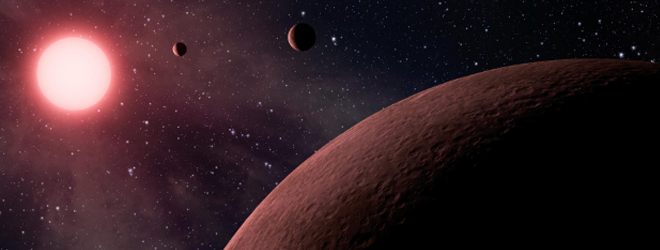
NASA has announced that astronomers using the Kepler space telescope have detected 219 possible new exo-planets in our galaxy, including 10 relatively small, rocky and possibly habitable planets similar to our own.
These are the last additions to the catalogue of exo-planets compiled during the first phase of the Kepler mission, when the space telescope scanned some 200,000 stars in an effort to find worlds beyond our own.
The official catalogue now contains 4,034 total "candidates" ‑ tiny blips in the data that are thought to signal the presence of a planet around a star.
Of these, 49 fit squarely into their star's "habitable zone," that Goldilocks region where liquid water can pool on the surface and life may be able to thrive.
The Kepler space telescope was launched into orbit around the sun in 2009.
Source: The Washington Post
Stay tuned for the latest news on our radio stations


